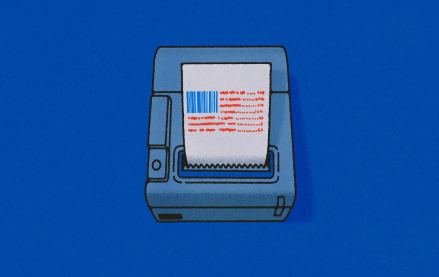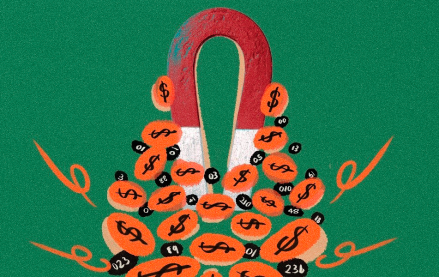
According to eMarketer, 82.5% of digital display ads will be bought programmatically in 2018. That number will grow to 86% over the next year. Publishers do and will continue to rely on programmatic as the primary way to generate advertising revenue for their business.
However, Digiday research claims that US publishers see less increase in revenue than European publishers, reflecting the relative maturity of those markets. The more developed the market is, the fewer growth opportunities there are. As major markets are maturing, publishers will continue to struggle to increase their advertising revenues.
US and European publishers have already minimized unfilled impressions, using header bidding to expose their inventory to 5-10 programmatic demand sources.
However, the competition for publisher’s inventory is still low even in developed markets. SSPs inside the header rarely compete in an auction simultaneously—if a publisher has 5 bidders in the header, the probability that all of their SSPs compete simultaneously is 3%, according to the Top Header Bidding Partners Report.
Low competition in header bidding negatively affects the performance of Google AdExchange—the biggest contributor to publisher’s programmatic revenue. AdX adapts to unstable bidding behavior of SSPs in the header and buys publisher’s inventory for lower prices.
Ad position: web_incontent_pos1
Another way to make Google AdExchange work harder for 100% of ad auctions is to set minimum prices for impressions. Price floors let buyers know they won’t be able to buy an impression cheaper at a certain price.
However, the main challenge for publishers is that they compete against machines. The buy-side technology participates in hundreds of millions of auctions an hour and adapts its bids to win more for less price. When publishers overprice their inventory, they decrease monetized impressions.
Publishers can achieve a balance between inventory prices and the fill rate with automated inventory pricing. Similar to the buy-side algorithms, the sell-side technology should analyze web site visitors and the demand for their attention. This technology would require big data analytics and a responsive algorithm to mimic the buy-side behavior.
Ad position: web_incontent_pos2
Roxot Revenue Lift is an example of an automated inventory pricing product. By analyzing Google AdExchange auctions and visitors,it predicts what buyers are ready to pay for an impression to a particular user. Precise predictions boost inventory prices and publisher’s yield by up to 30%.
“Artificial intelligence and automation technologies look promising when applied to programmatic auctions. We noticed that our audiences directly influence the advertising revenue. And we’ve been looking for technologies to use visitors’ behavior to generate more revenue for a while,” says Anastasia Kapitanova, Head of Programmatic & Data at Independent Media, a mass media company that owns and operates Russia’s Cosmopolitan and Esquire brands.
Publishers own a massive amount of data. Automated inventory pricing uses this data to facilitate competition for each impression, making smart data application for audience-based inventory pricing a growth opportunity for publishers on the developed markets.
More from Digiday
Sliders test article
Agencies hope connected TV and digital out-of-home will play a bigger role in upcoming elections and politics — especially for smaller media agencies that are handling many of the less visible races in the crowded political space. For a number of media agencies looking to place their political ad dollars down in this major election […]

How CTV and DOOH are growing this political season for smaller agencies
Connected TV and digital out-of-home are playing a bigger role in upcoming elections and politics – especially for smaller agencies looking to place clients’ dollars.

CMO Strategies: Advertisers identify the top attributes on ad-supported streaming platforms
This is the third installment in Digiday’s multi-part series covering the top ad-supported streaming services and part of Digiday’s CMO Strategies series. In this report, we examine which ad attributes matter the most to marketers on streaming platforms.
Ad position: web_bfu